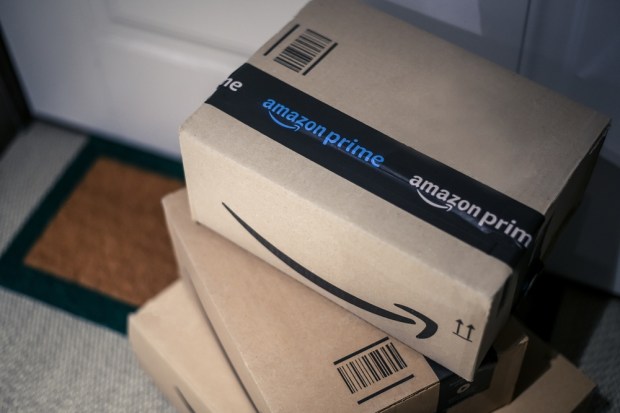Consumers Looking for Bargains Shopped Amazon Over Walmart in Summer Deal Days

Amazon Prime Days and Walmart+ Week showed high participation this year. Consumers engaged more when they saw better bargains during the world’s top two retailers’ deal days.
Data finds that customers who participated in July’s sales events were primarily motivated by the deals and savings promised by both retailers. Bargains were a key driver for more than two-thirds of those who participated, per proprietary research supporting PYMNTS’ “Summer Deal Days 2023: How Amazon Still Dominates.”
Consumers indicated select factors that were very or extremely influential in their decision to participate in the two savings events. Fast or free shipping, better deals on key products and a more comprehensive range of discounts took the top spots. Amazon shoppers were roughly 5 percentage points more likely to cite better deals as a key influencer than Walmart shoppers. The share of consumers motivated by the variety of products on sale was roughly equal for both retailers.
Free? Of course.
You've uncovered one of our premium articles. Register to keep reading and receive free unlimited access to all our premium content.
VIP access to these benefits closed out the top reasons driving consumers to these sales events. This access impacted 63% of Walmart shoppers and 59% of Amazon shoppers, even though Walmart opened its event to nonsubscribers. VIP access may not have supplied the intended sizable boost. Additional proprietary research for the report found that just 6% of non-Walmart+ subscribers participated in Walmart+ Week.
With deals at the forefront of consumers’ minds, the savings they could obtain during these events was another key consideration. PYMNTS found that shoppers perceived more significant savings from Amazon’s event, with 47% of its shoppers seeing 30% of savings or more, narrowly besting Walmart’s 46%. Another 43% of Amazon shoppers perceived savings between 10% to 30%, pulling further ahead of Walmart’s 39%. This balance flips for lower segments, with 12% of Walmart+ Week participants perceiving savings of 10% or less and 4% perceiving no savings. Each segment totals roughly 2 to 3 percentage points ahead of Amazon’s corresponding share.
As the chart below notes, the perception of more significant savings and bargains has benefited Amazon in average participation. While the share of consumers exclusively participating in Prime Day remained steady between 2021 and 2023, the share of consumers taking part in both events rose during the same period.
The share of consumers participating in just Walmart’s event rose during this period, but only by enough to close the gap to roughly 19 percentage points.
Although the events are somewhat unconventional by the megaretailers’ standards, conventional shopper behavior won out. The belief that they would find deals on a wider range of products than they typically would drove consumers to participate in Walmart+ Week and Amazon Prime Days. With an impression of higher savings correlating with higher participation in Amazon’s sales event, it seems that, once again, consumer perception can be a significant factor in retailer performance.
